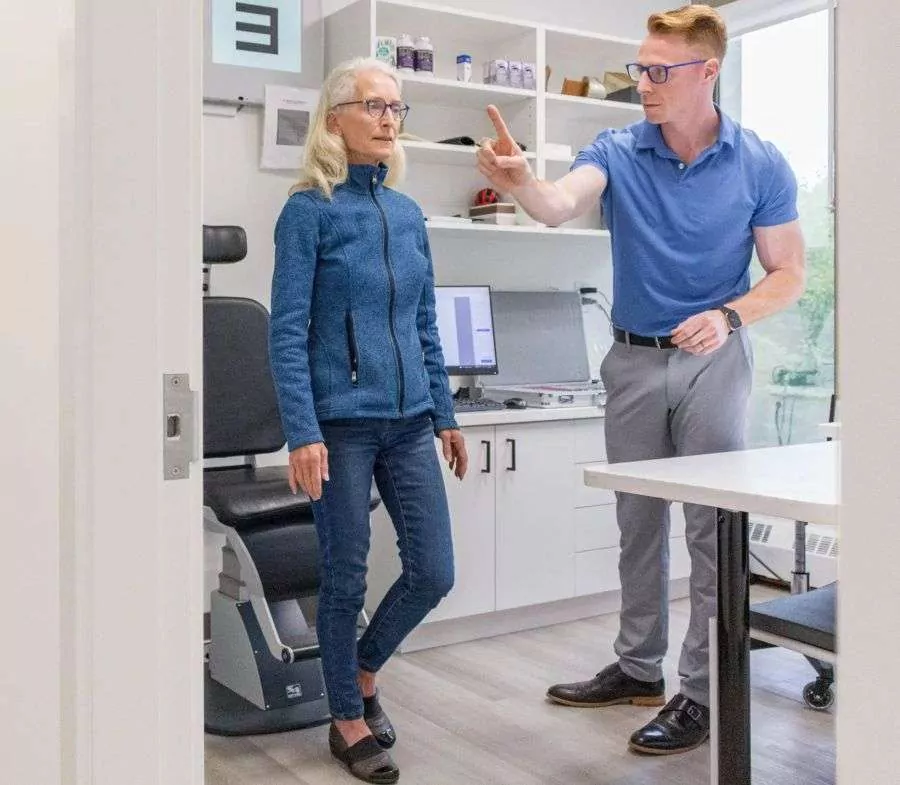Understanding Strabismus: Causes, Symptoms, and Treatment Options
Strabismus, commonly known as crossed eyes or squint, is a condition where the eyes do not align properly and point in different directions. This misalignment can significantly impact vision, depth perception, and overall quality of life.

Understanding Strabismus
Strabismus occurs when the muscles controlling eye movement are not coordinated, causing one eye to look directly at an object while the other eye turns inward, outward, upward, or downward. This condition can be constant or intermittent and can affect one or both eyes.
Causes of Strabismus
- Muscle Imbalance: Weakness or abnormality in the eye muscles can cause misalignment.
- Genetics: Family history of strabismus can increase the likelihood of developing the condition.
- Refractive Errors: Significant farsightedness (hyperopia) can lead to strabismus as the eyes work harder to focus.
- Neurological Issues: Problems in the brain or nervous system can interfere with eye muscle control.
- Medical Conditions: Conditions like cerebral palsy, Down syndrome, or a stroke can contribute to strabismus.

Symptoms of Strabismus
The symptoms of strabismus can vary but generally include:
- Double Vision: Seeing two images of a single object.
- Misaligned Eyes: One or both eyes point in different directions.
- Eye Strain: Discomfort or fatigue, especially during close-up tasks.
- Headaches: Pain or discomfort around the eyes and forehead.
- Difficulty with Depth Perception: Problems judging distances, leading to clumsiness or accidents.
- Closing One Eye: To improve vision or avoid seeing double.
If you experience any of these symptoms, it is important to seek an eye exam to diagnose and manage strabismus effectively.
Impact of Strabismus on Daily Life
Strabismus can significantly affect various aspects of daily life, impacting both vision and overall quality of life.
- Reading and Writing: Misalignment can make it challenging to focus on text.
- Work Performance: Reduced visual efficiency can affect productivity and focus, especially for tasks that require precise vision.
- Driving: Difficulty with depth perception can make driving dangerous.
- Social Interactions: Visible eye misalignment can affect confidence and social interactions.
Diagnosis and Treatment of Strabismus
A comprehensive eye exam is essential for diagnosing strabismus. During the exam, your optometrist will assess your eye alignment, movement, and overall eye health to determine the presence and extent of strabismus. Based on the diagnosis, a personalized treatment plan will be developed to manage your specific needs.
- Prescription Glasses: Corrective lenses can help improve focus and eye alignment.
- Vision Therapy: A series of exercises designed to improve eye coordination and alignment.
- Prism Lenses: Special lenses that help align the images seen by each eye.
- Surgery: In some cases, surgery may be required to correct the alignment of the eye muscles.

Comprehensive Treatment for Strabismus
Effective treatment for strabismus involves a combination of prescription lenses, vision therapy, and in some cases, surgical options. Our comprehensive treatment approach aims to manage the condition and improve visual function, significantly enhancing your quality of life.
Early Intervention and Personalized Care
Early diagnosis and treatment are essential for maximizing the potential for improved vision in cases of strabismus. By seeking prompt evaluation from an optometrist, you can address vision problems more effectively and prevent them from worsening. Even if you have been experiencing symptoms for an extended period, our tailored treatment strategies can still provide significant relief and improve your quality of life.
Advanced Technology and Expertise
At Opto-Mization Optometry & Vision Therapy, we pride ourselves on our personalized approach and use of advanced technology. Our experienced team conducts thorough evaluations to identify the root causes of your strabismus. Based on this assessment, we develop customized treatment plans that address your unique visual needs. Our goal is to provide top-level care that helps you maintain clear, comfortable vision.
Contact Us for Expert Strabismus Evaluation and Care
If you or a loved one is experiencing symptoms of strabismus, contact us for a consultation. Even if you’ve been told that your symptoms are due to other factors, having a comprehensive eye exam can help identify strabismus as a root cause or contributing factor.
Our optometrists have the expertise and latest technology to provide comprehensive care. Schedule a consultation with us today to explore how our customized treatment plans can help you manage strabismus and improve your quality of life.
How Long Does Treatment Take?
No two patients are alike—each person experiences strabismus uniquely. Some individuals may require just a few weeks of treatment, while others may need more long-term care. The good news is that the improvements achieved through our treatment program are generally long-lasting, helping to significantly enhance your vision and overall visual function.